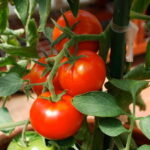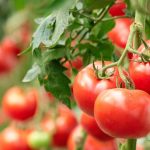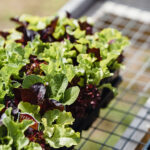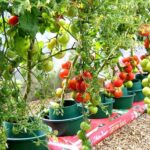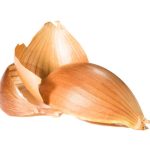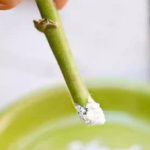Pruning tomato plants is an essential gardening technique that can significantly enhance the health and productivity of your plants. By understanding and implementing proper pruning methods, you can ensure a bountiful harvest of delicious, juicy tomatoes. In this article, we’ll cover the best pruning tips for tomato plants, helping you achieve the best results in your garden.
Why Prune Tomato Plants?
Pruning tomato plants offers several benefits:
- Improves Air Circulation: Reduces the risk of fungal diseases.
- Enhances Sunlight Penetration: Promotes healthy growth and fruit development.
- Directs Energy to Fruit Production: Leads to larger and more flavorful tomatoes.
- Prevents Overcrowding: Keeps plants manageable and easier to care for.
Types of Tomato Plants: Determinate vs. Indeterminate
Before diving into pruning tips, it’s crucial to understand the difference between determinate and indeterminate tomato plants:
Determinate Tomato Plants
- Growth Habit: Grow to a fixed size, usually about 3-4 feet tall.
- Fruit Production: Produce a single crop of tomatoes all at once.
- Pruning Needs: Minimal pruning required. Focus on removing suckers below the first flower cluster.
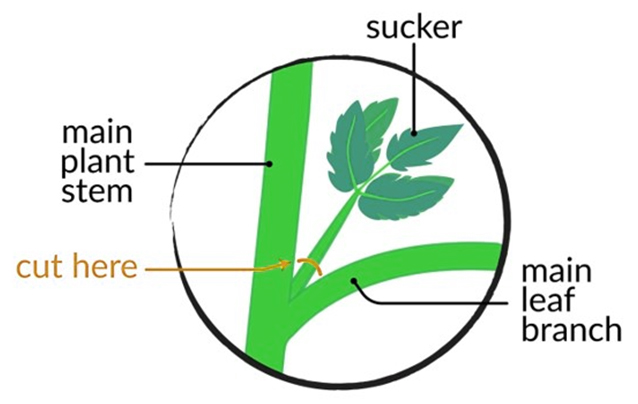
Indeterminate Tomato Plants
- Growth Habit: Continue to grow and produce fruit throughout the season.
- Fruit Production: Produce tomatoes continuously until frost.
- Pruning Needs: Regular pruning needed to manage growth and improve fruit quality.
Pruning Tips for Tomato Plants
1. Start Early
Begin pruning when the plants are young. This helps shape the plant and establish a strong main stem.
2. Remove Suckers
Suckers are the small shoots that grow in the axils between the main stem and the branches. While they can turn into productive branches, they often divert energy from fruit production.
- How to Remove Suckers: Pinch or cut them off when they are small (2-4 inches long).
3. Prune the Lower Leaves
As the plant grows, remove the lower leaves that touch the soil. This prevents soil-borne diseases from splashing onto the leaves.
- Timing: Start when the plant is about 18 inches tall and continue throughout the season.
4. Focus on the Main Stem
For indeterminate varieties, prune to focus on one or two main stems. This centralizes the plant’s energy on producing fruit.
- Single Stem Method: Remove all suckers and side shoots, leaving only the main stem.
- Double Stem Method: Allow one sucker to grow just below the first flower cluster to create a second main stem.
5. Trim Excess Foliage
Too much foliage can block sunlight and air from reaching the fruit. Thin out the plant by removing excess leaves and branches.
- When to Trim: Once the plant has set fruit, remove some of the older leaves to improve airflow and light penetration.
6. Remove Diseased or Damaged Leaves
Regularly inspect your tomato plants for signs of disease or damage. Remove any affected leaves immediately to prevent the spread of diseases.
- How to Remove: Cut off diseased or damaged leaves with sterilized pruning shears.
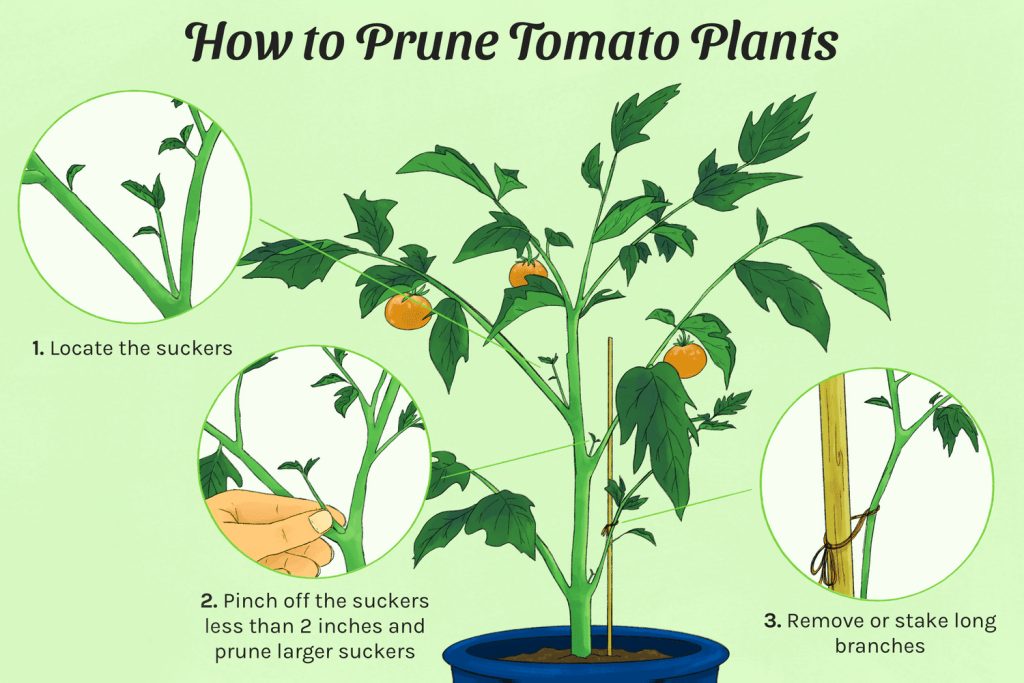
7. Prune for Airflow and Light
Good airflow and light are crucial for healthy tomato plants. Prune to ensure that air can circulate freely through the plant and that sunlight reaches all parts of the plant.
- Techniques: Remove crowded branches and leaves, especially in the center of the plant.
8. Use Clean Tools
Always use clean, sterilized tools to prune your tomato plants. This helps prevent the spread of diseases.
- How to Sterilize: Dip pruning shears in a solution of one part bleach to nine parts water before and after use.
9. Support Your Plants
Proper support helps prevent branches from breaking and keeps the plant upright. Use stakes, cages, or trellises to support your tomato plants.
- When to Support: Install supports when you transplant your seedlings to avoid damaging the roots later.
Common Pruning Mistakes to Avoid
Over-Pruning
Removing too many leaves can stress the plant and reduce its ability to photosynthesize. Aim to maintain a balance between pruning for airflow and leaving enough foliage for energy production.
Ignoring Pruning Needs
Failing to prune indeterminate tomato plants can lead to overcrowded, tangled growth, making it harder to manage and increasing the risk of disease.
Pruning at the Wrong Time
Avoid pruning during wet or humid conditions, as this can promote the spread of fungal diseases. Prune during dry, sunny weather for best results.
Conclusion
Pruning tomato plants is a crucial practice for any gardener looking to maximize their harvest. By removing suckers, trimming excess foliage, and ensuring good airflow and light, you can promote healthier, more productive plants. Remember to start early, use clean tools, and support your plants properly. With these pruning tips, you’ll be well on your way to enjoying a bountiful crop of delicious tomatoes.
By implementing these strategies, you can optimize the health and yield of your tomato plants, ensuring a plentiful and rewarding harvest season after season. Happy gardening!


